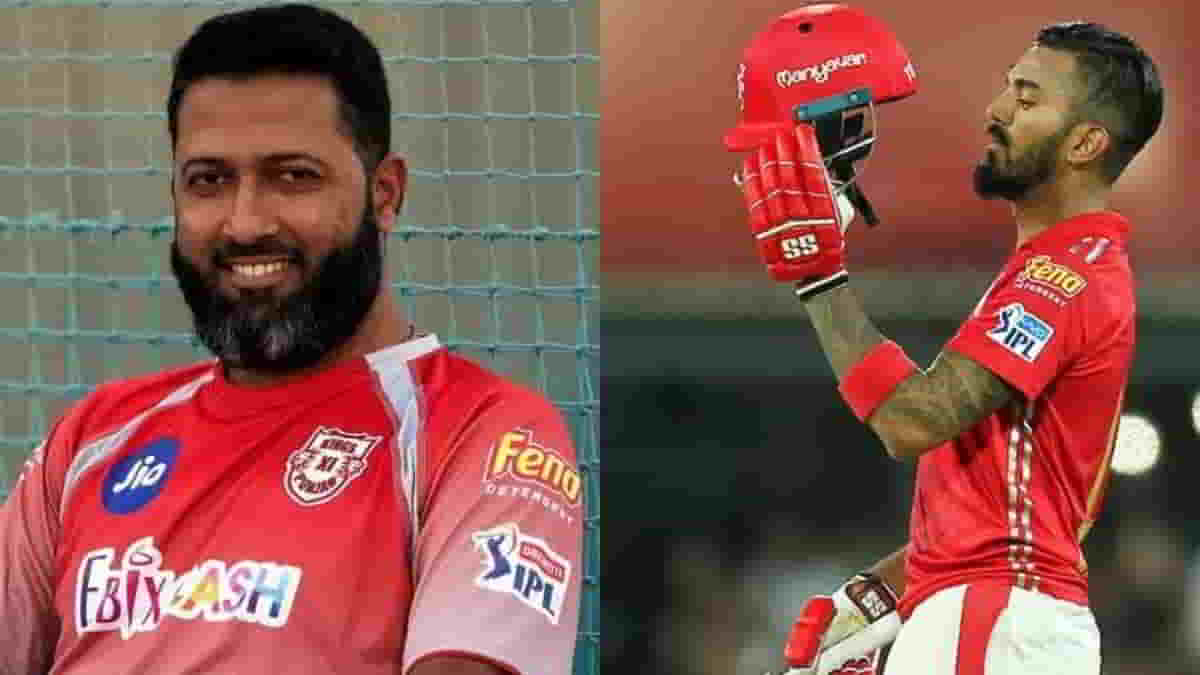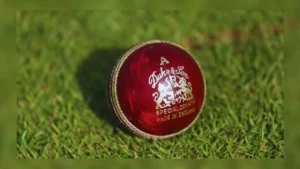Test cricket, often hailed as the purest form of the game, embodies the essence of cricketing skills and mental resilience. This timeless format considered the pinnacle of First-Class cricket, is contested between two international teams that have been awarded Test status by the International Cricket Council (ICC), the governing body of cricket worldwide. The Test cricket rules encapsulate the fundamentals of this captivating sport, from innings and declarations to winning conditions and historical records.
The Essence of Test Cricket
At the heart of Test cricket lies a unique blend of strategy, technique, and endurance. It’s the longest format of the game, spanning up to five days of intense action. Unlike the fast-paced nature of One-Day Internationals (ODIs) and Twenty20 Internationals (T20Is), Test matches provide players with the canvas to showcase their talents across extended periods.
The Innings and Declarations
Test cricket revolves around the concept of innings, where each team gets the opportunity to bat and bowl. According to Test cricket rules, a team can play two innings during the match. The goal is to score more runs than the opposing team while bowling them out for a lower total. In each inning, teams have 10 wickets at their disposal, emphasizing the importance of strategic batting and precise bowling.
An intriguing aspect of Test cricket is the provision for declarations. When a team’s captain believes they have accumulated enough runs on the scoreboard, they can declare their innings closed, even if they haven’t lost all their wickets. This strategic move enables the team to transition to bowling and offers a captivating dimension to the game’s tactics.
The Chase and the Victory
To secure victory in Test cricket, the batting team must surpass the opposition’s total in the fourth inning without losing all their wickets. It’s a delicate balance between building a substantial lead and preserving wickets, requiring both aggression and caution from the batsmen.
On the other hand, if the bowling team manages to dismiss all 10 batsmen in the fourth inning before the batting team reaches the required target, they emerge victorious. This rule underscores the significance of consistent and effective bowling strategies throughout the match.
In scenarios where the batting team is unable to achieve the necessary total while still having wickets in hand, the Test match concludes as a draw. Such outcomes underline the resilience and determination of both teams, as well as the unpredictable nature of Test cricket.
Key Aspects of Test Cricket Rules
1. Traditional Attire: Test cricket holds a distinctive tradition as players don the iconic white attire on the field. This visual distinction sets it apart from the coloured clothing worn during ODIs and T20Is.
2. The Coin Toss: Each Test match commences with a coin toss, a pivotal moment that determines which team will bat first and which team will take up the role of bowling. The captain winning the toss gets to make this crucial decision, setting the tone for the match.
3. Session Structure: A typical day of Test cricket is divided into three sessions, each lasting two hours. Within each session, 30 overs are bowled following the standard cricket regulations. However, if unforeseen circumstances prevent the completion of 30 overs in a session, the play can be extended to make up for the deficit.
4. Breaks and Intervals: Players enjoy two substantial breaks between sessions: a 40-minute lunch break and a 20-minute tea break. Additionally, brief drink breaks are incorporated during each session, allowing players to stay hydrated and rejuvenated.
5. The Over Requirement: In adherence to ICC rules, a minimum of 90 overs must be bowled in a single day’s play during Test cricket. This requirement ensures that the game maintains a consistent pace and prevents unnecessary delays.
6. The Ball Selection: Traditionally, Test cricket is played with a red ball during daylight hours. However, the introduction of day-night Test matches in 2012 brought forth the utilization of pink balls for improved visibility under artificial lighting. Teams are provided with a fresh ball after 80 overs, with the option to request a new ball.
7. The Decision Review System (DRS): Introduced in 2008, DRS revolutionized the game by incorporating technology to review on-field umpire decisions. Each team has the opportunity to request two reviews per inning, with a focus on achieving accurate outcomes.
8. The Follow-On Rule: Test cricket presents an intriguing concept known as the follow-on. If a team batting first establishes a lead of at least 200 runs, they have the option to enforce a follow-on. This rule mandates the second team to bat immediately after their first innings, a strategic choice that can exert immense pressure on the trailing side.
9. Test Cricket Records: The annals of Test Cricket are adorned with remarkable records. Sachin Tendulkar, an iconic Indian cricketer, holds the record for the most Test runs, amassing a staggering 15,921 runs across 200 Tests with an average of 53.78. Meanwhile, Muttiah Muralitharan of Sri Lanka stands as the leading wicket-taker, claiming 800 Test wickets in 133 matches at an average of 22.72.
The Evolution and Reach of Test Cricket
Over time, Test cricket has evolved while maintaining its timeless charm. Presently, there are 12 ICC full member nations actively participating in Test cricket. These nations include Afghanistan, Australia, Bangladesh, England, India, Ireland, New Zealand, Pakistan, South Africa, Sri Lanka, West Indies, and Zimbabwe. Each of these teams contributes to the global tapestry of cricketing excellence.
The ICC administers not only the 12 full member nations but also 96 Associate members. However, Associate nations are limited to playing limited-overs cricket and are not granted the privilege of participating in official Test matches.
In Conclusion
Test cricket stands as a testament to the intricate balance between skill, strategy, and perseverance. With its rich history, unparalleled records, and captivating narratives, it continues to captivate cricket enthusiasts around the world. This longest format of the game embodies the true spirit of cricket, where players are challenged to excel over extended periods, leaving an indelible mark on the sport’s legacy. As the cricketing world evolves, the legacy of Test cricket remains unshaken, symbolizing the ultimate pursuit of excellence on the field.
Also Read: Unveiling the Camera Setup: Types of Cameras Are Used in a Cricket Match?
“Get more sports news, cricket news, and football updates, log on to sportsdigest.in. Follow us on Facebook or Twitter and Subscribe to our YouTube Channel.























